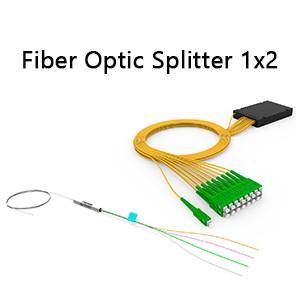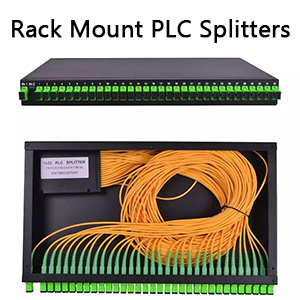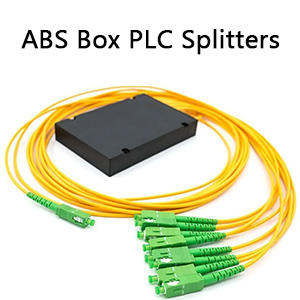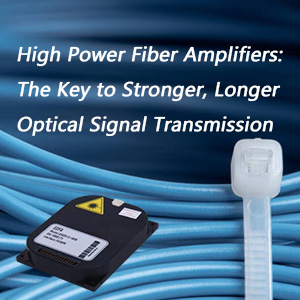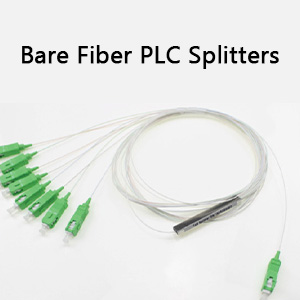Compared with PLC Splitter, FBT SPLITTER COUPLER has more advantages. It is not only low in cost, but also supports different energy-wind-solar ratios. At the same time, FBT SPLITTER COUPLER can be used in modular monitoring terminals and can play an excellent role in EDFA modules. The following will introduce FBT SPLITTER COUPLER Principle and Application, hoping to be helpful.
FBT SPLITTER COUPLER Working Principles
The fused tapered coupler is composed of two parallel optical fibers. Twisting two optical fibers together, heating to a molten state, and slowly stretching the optical fiber at the same time, can make various optical fiber fused biconical taper devices (FBT, Fused Biconical Taper). FBT devices are all-fiber devices, which have the advantages of small loss and small size, and are widely used in optical communication systems.
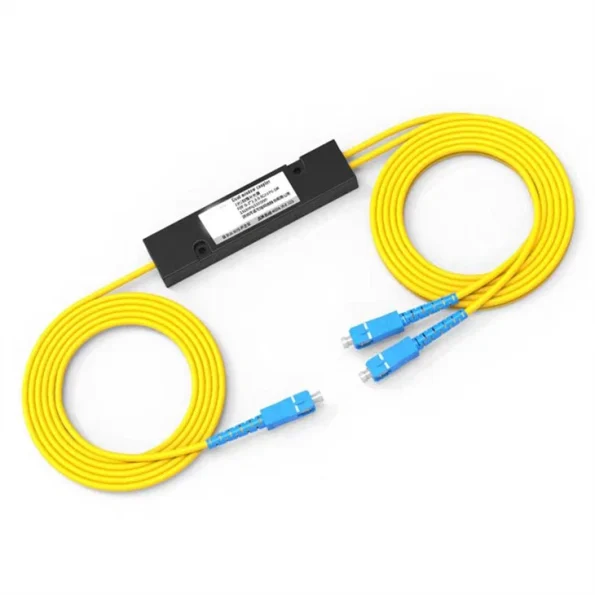
FBT Mode Introduction
1.Mode Coupling
The most basic principle of FBT devices is the mode coupling theory. If multiple modes can be transmitted in a waveguide, when there is a perturbation, such as a change in the diameter of the waveguide, energy exchange will occur between these modes, that is, coupling between modes will occur. The coupling coefficient between modes is related to the propagation constant difference between the modes, the closer the propagation constant is, the larger the coupling coefficient is.
2.Taper limit
The diameter of the fiber fusion cone gradually decreases. If the diameter changes too fast, high-order modes will be excited and cause loss. The restriction on the taper corresponds to the pulling speed during the tapering process.
During the manufacturing process, the port P0 continuously inputs light waves, and then monitors the output power of each output port in real time. When the designed coupling ratio is reached, the fully automatic manufacturing process stops stretching, and this process is called the fusion tapering process.

Single Fiber Fusion Taper
The fusion cone area of a single fiber can be divided into three parts: A, B, and C, and the dividing point is two points, P and Q. When the fiber diameter gradually decreases, the normalized cut-off frequency decreases simultaneously, and the mode field in the fiber core gradually expands; when the normalized frequency decreases to a critical value at points P and Q, the mode field is no longer limited to the transmission in the fiber core, Instead, it is transferred to the waveguide composed of cladding/air, and the effect of the core can be ignored at this time.
- The cladding/air refractive index difference is much larger than the core/cladding refractive index difference, and the diameter of the B region is also larger than the fiber core diameter, so the normalized frequency of the cladding/air waveguide in the B region is much larger than that of the A region, as Multimode waveguide.
- At the starting point P of area B, only the lowest order mode HE11 is excited, and then there will be energy coupling with other modes, the most important of which is the coupling with the adjacent mode HE12, because the propagation constants of the two are the closest.
- When reaching the Q point, only the HE11 mode can be recaptured by the output fiber as the core/cladding mode, and the energy coupled into the HE12 mode but not returned to the HE11 mode will become the high-order in the C region and the subsequent fiber mode is lost.
- The coupling of the HE11 mode and the HE12 mode in the B area is cyclical and depends on the coupling coefficient and the length of the B area. Therefore, the transmittance of the single-fiber fusion tapered area is related to the length of the taper, and it circulates at a certain beat length.
- The coupling beat length between the two modes is wavelength-dependent, so the transmission of the fusion zone of a single fiber is wavelength-dependent.
- The coupling between the two modes varies with the external medium, such as soaking in matching liquid to form a cladding/matching liquid waveguide instead of a cladding/air waveguide, and the transmittance will also change.
Dual Fiber Fusion Taper
Similar to the single-fiber fusion cone, the dual-fiber fusion cone can also be divided into three parts. At point P, the core/cladding mode is converted to cladding/air mode, and at point Q, it is recaptured as core/cladding mode.
Different from the single-fiber fusion-cone region, the B-zone of the dual-fiber fusion-cone region is elliptical, and the modes coupled are even and odd modes. The distribution of the mode field in the elliptical section is shown in above figure.
End
Fiber Life can provide FBT Coupler Splitter, supporting steel tubes, ABS, LGX and rack-mounted packages; various structures such as 1×2; 2×2; 1×3; 3×3 ; 1×4 optional, and support various types of customized solutions.

